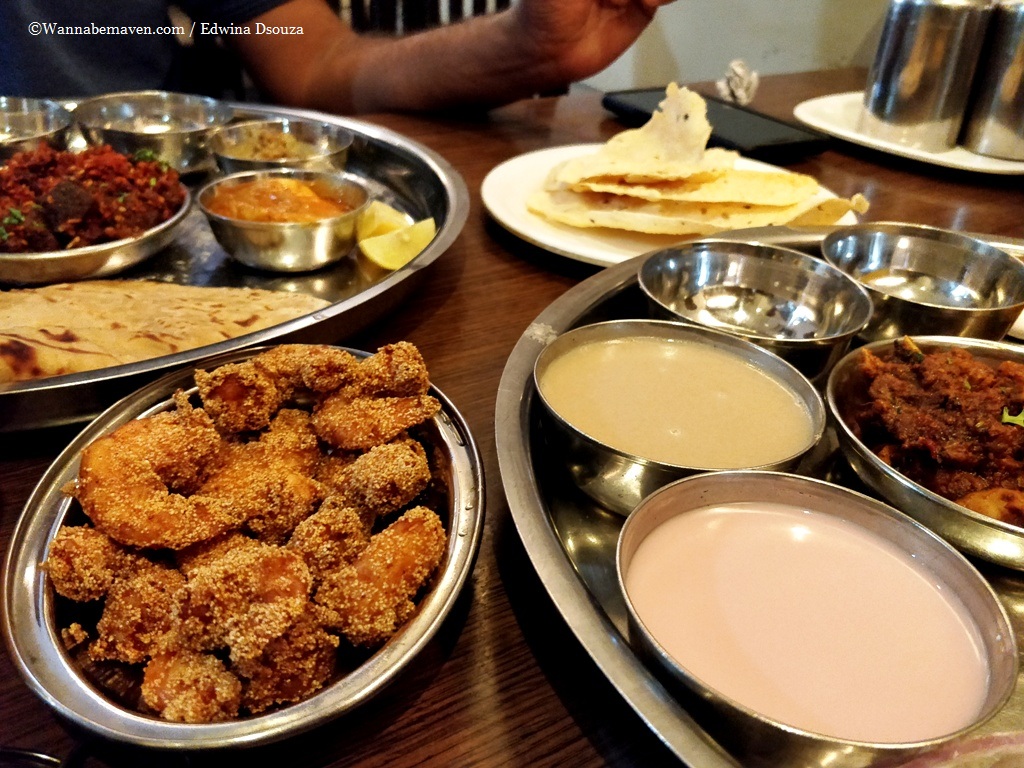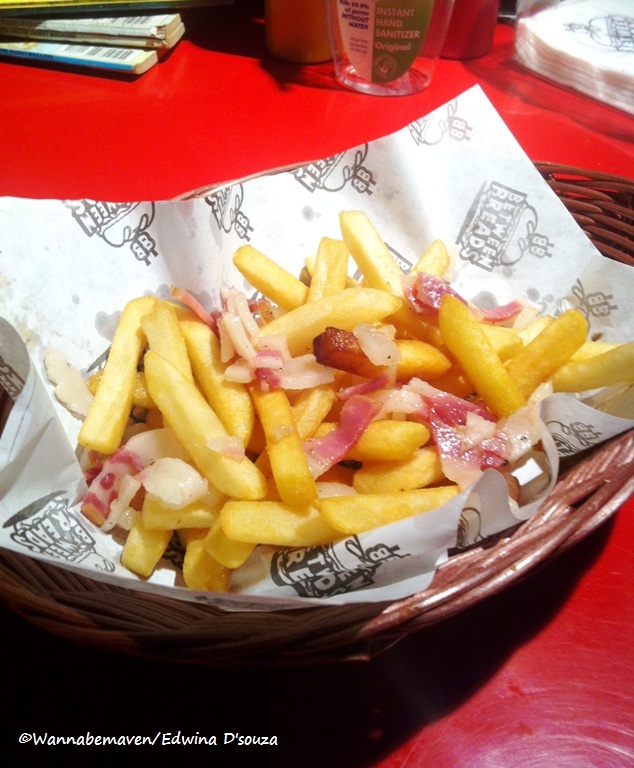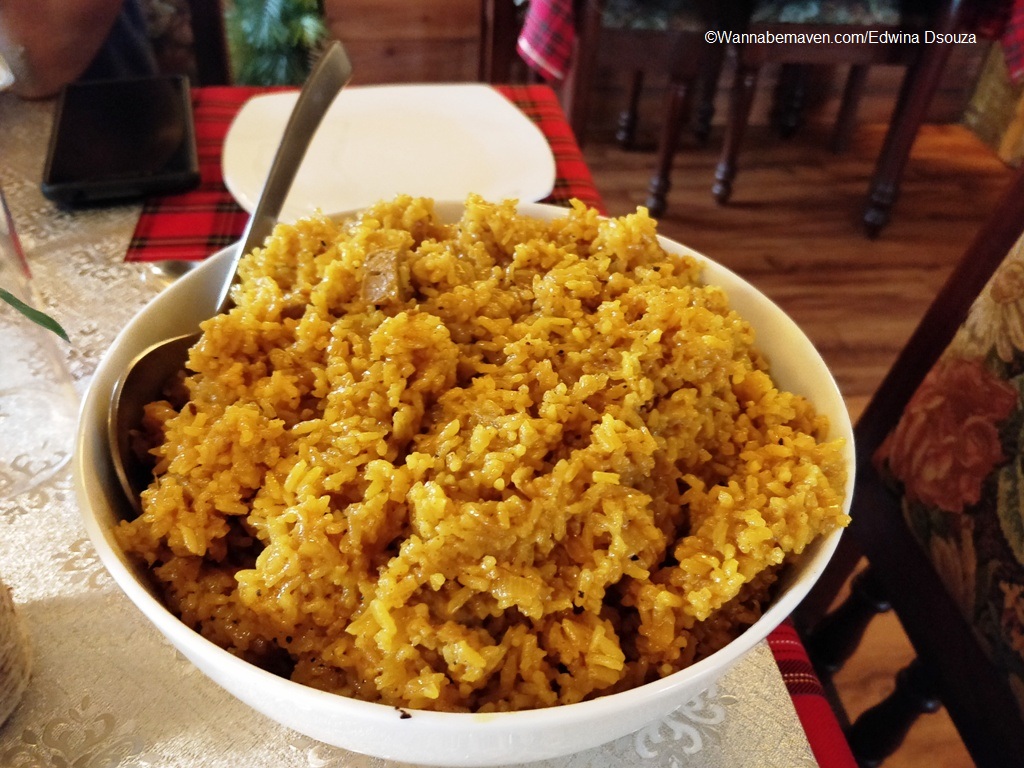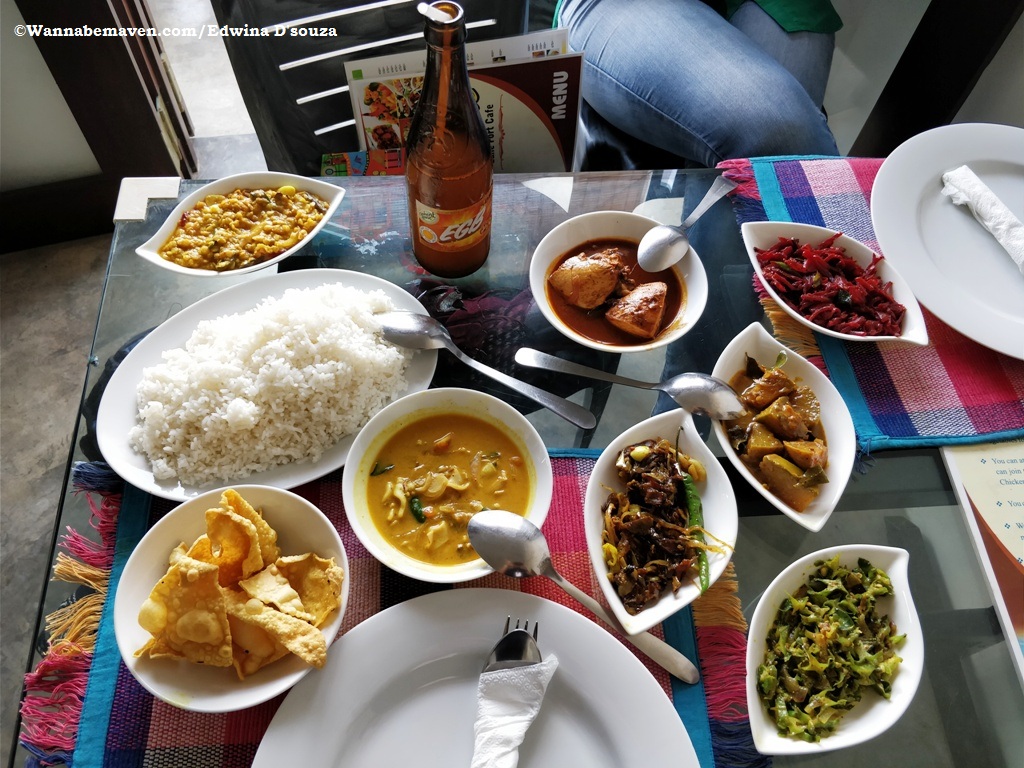Until a while ago, a small outlet of Purepur Kolhapur restaurant in the suburbs of Mumbai was my window to Kolhapur food. This was about to change. I had set out on a two day road trip to explore the food scene in Kolhapur first hand.
From the city’s linkage to Chhatrapati Shivaji Maharaj to being a Maratha princely state of British India, Kolhapur’s royal influence aptly reflects in its cuisine, especially its meat preparations. Though Kolhapuri cuisine is commonly believed to be extremely spicy, it is not as hot as say, the food from Maharashtra’s Vidarbha region. That said, it does have bold and sharp flavours, thanks to the home-grown lavangi mirchi and the special Kolhapuri masala (spice mix) used. I was keen to sample what the city had to offer.
Rite of passage
Pouring rain made my journey to Kolhapur inordinately long and by the time I reached the city, I was hungry. The wait for dinner was worth it when I checked into Dehaati, a hotel near the old Mumbai-Bangalore highway. I got straight down to business and ordered the quintessential mutton fry thali with rice bhakri.
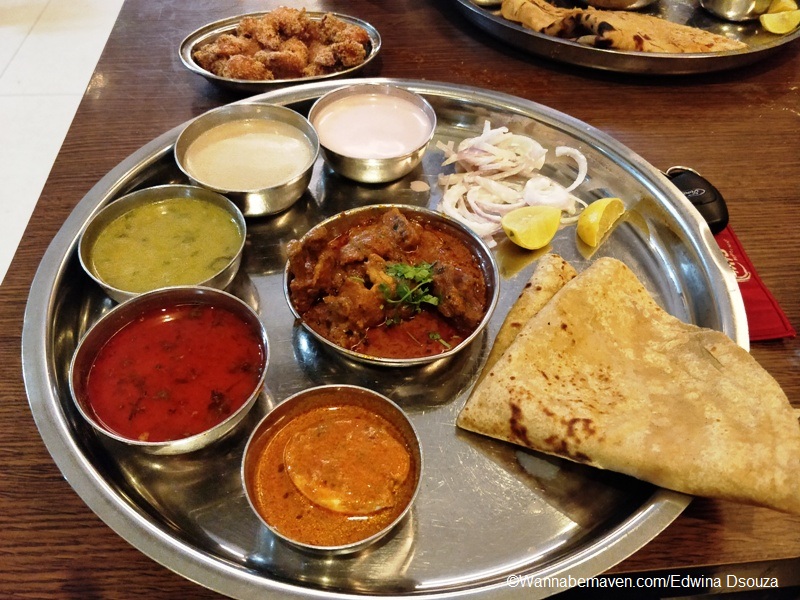
The thali that comes with tambda rassa (spicy red curry) and pandhra rassa (white curry) are a rite of passage for any food lover visiting Kolhapur. These are prepared from mutton stock and served in unlimited quantities. The heat from the tambda rassa kicked in after two spoonfuls. The pandhra rassa, prepared using coconut milk, helped cool off the heat. The mutton fry was well-cooked and simply seasoned with salt and pepper. The mutton kheema vati was flavourful, and unlike the drier and oily versions served in Irani or Mughlai joints, it was cooked in a light gravy. For vegetarians there is the surprisingly delicious akka masoor thali, a lentil gravy made with ghee, which gives it a rich and creamy texture.
I head for breakfast the next morning to Hotel Bawada in the Kasba-Bawada area. The 1923 institution is the oldest misal house in Kolhapur, flocked by celebrities like Sachin Tendulkar, Sunil Gavaskar, Jeetendra and the late Raj Kapoor and Sunil Dutt. The Kolhapuri misal has its own quirks with thin potato slices part of the tikhat rassa (spicy curry), and garnished with grated coconut. It is accompanied by curd for those who can’t handle the heat. It was served with sliced bread instead of the traditional ladi pav.
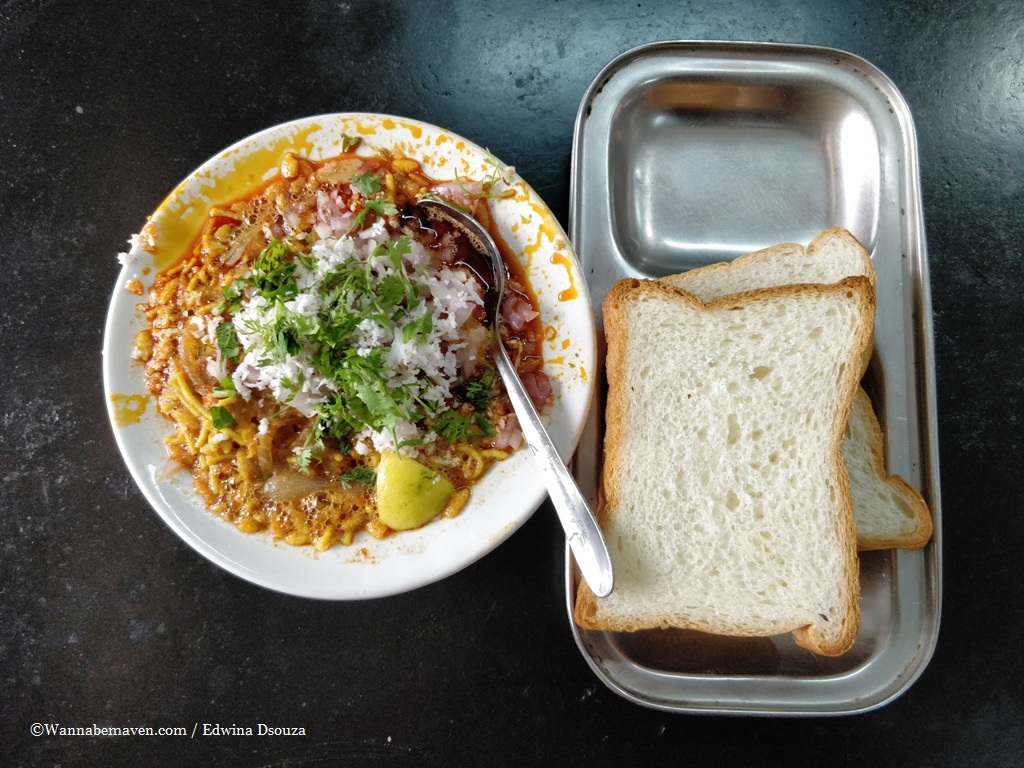
What to see in Kolhapur
To make room for lunch, I packed in some sightseeing. My first stop was New Palace. Completed in 1884, the black stone palatial structure continues to remain the residence of Chhatrapati Shahu Maharaj, with some chambers thrown open to visitors.
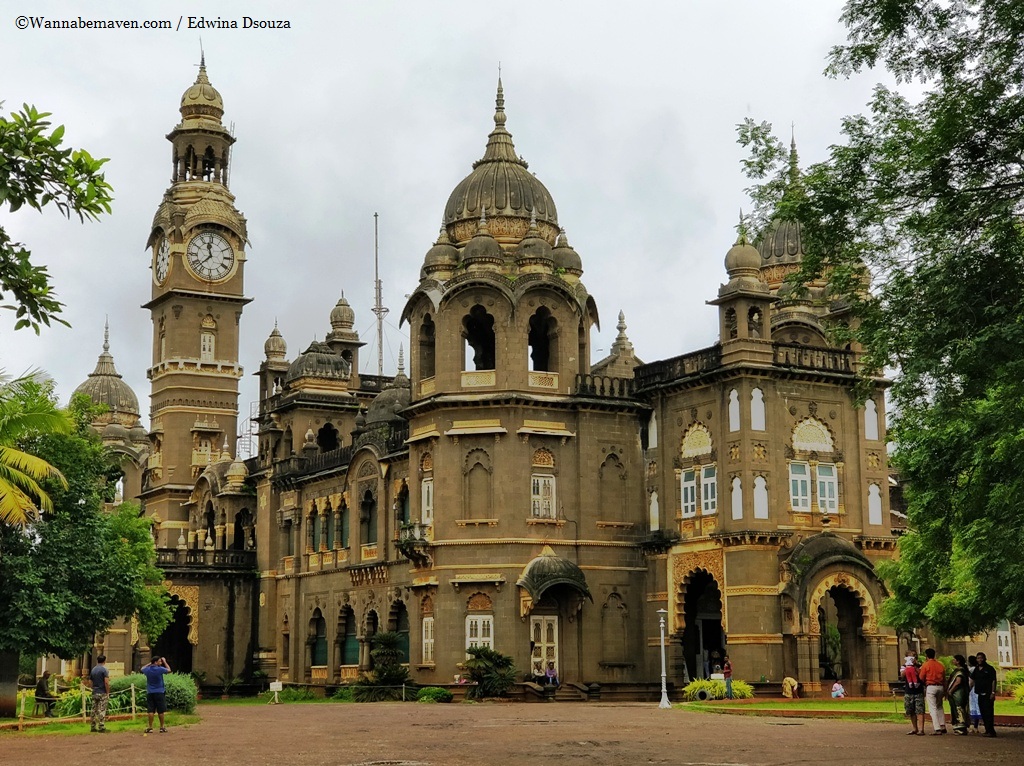
I head to the 7th century Mahalaxmi temple next, which is Kolhapur’s biggest crowd puller and an important religious site for the Hindus as one of the Shaktipeeths. The lane behind it is full of stalls selling a variety of handcrafted leather Kolhapuri chappals. There are also stalls selling imitation, gold-plated versions of the Kolhapuri saaj, a traditional necklace with 21 leaves.
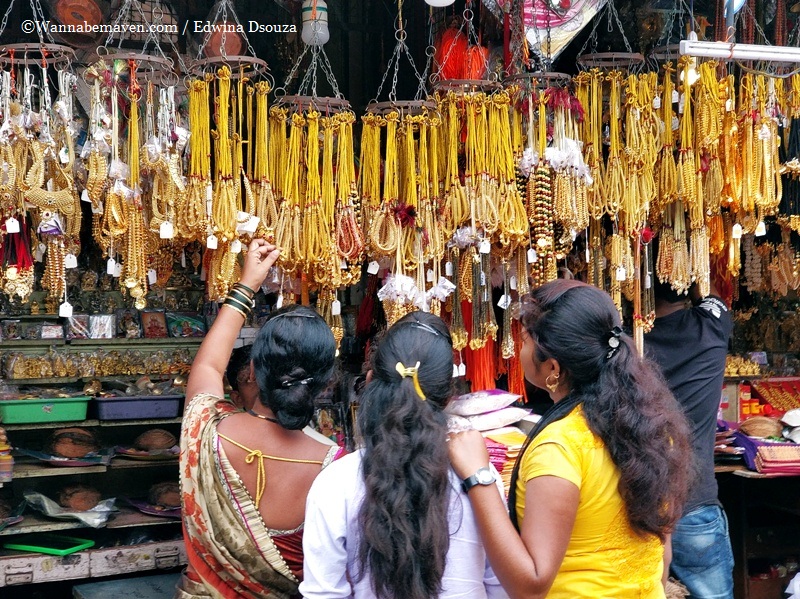
What’s that pickle again?
By afternoon, I’ve exerted my body enough for hunger pangs to kick in. The walk from the temple towards the busy market area brings me to Hotel Gandhar at the Shivaji Chowk roundabout. I ordered the famous mutton lonche, a surprisingly delicious mutton pickle of deep-fried pieces in a mix of local spices, coconut, sesame and poppy seeds.
In the evening I head to the Rankala Lake to watch the sunset. I sit back, sip my tea, and try the region’s famous batata vada from a street side stall while soaking in the sights and sounds by the promenade.
I’m determined to try the mutton lonche along with a cold beer, so for dinner, I head to Patlacha Wada resto bar. Though the mutton lonche wasn’t as great as the one I had for lunch, it went down well with the beer. I also ask for a plate for prawns rawa fry which is absolutely lip-smacking. For an inland city, Kolhapur not only serves sea food but does it brilliantly well.
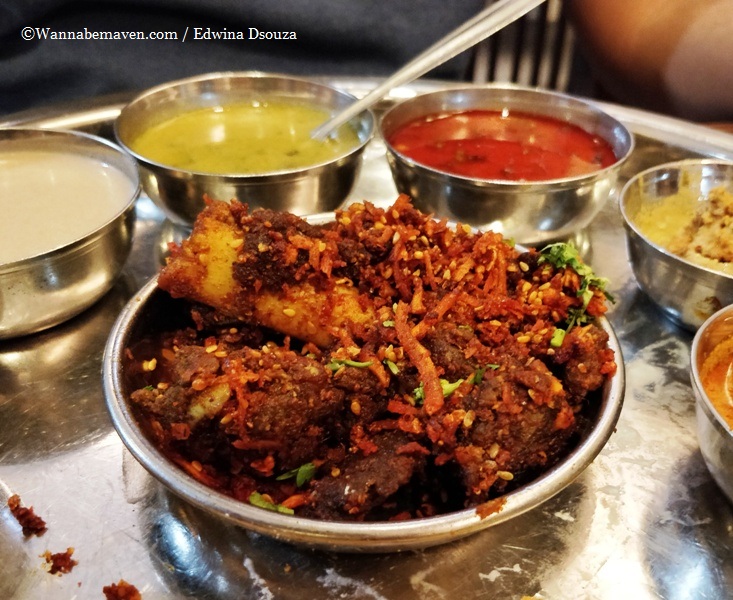
One for the road
There was one last stop to make the next morning before leaving Kolhapur. I headed to the Panhala Fort, believed to be the place where Shivaji Maharaj spent the most time other than his childhood home. I try the Kolhapuri bhadang bhel at one of the food stalls inside the fort complex. The bhel is naturally spicy than its Mumbai counterpart thanks to the use of garlic and chilly powder. It was my final snack before I bid goodbye to the city that had succeeded in surprising me.
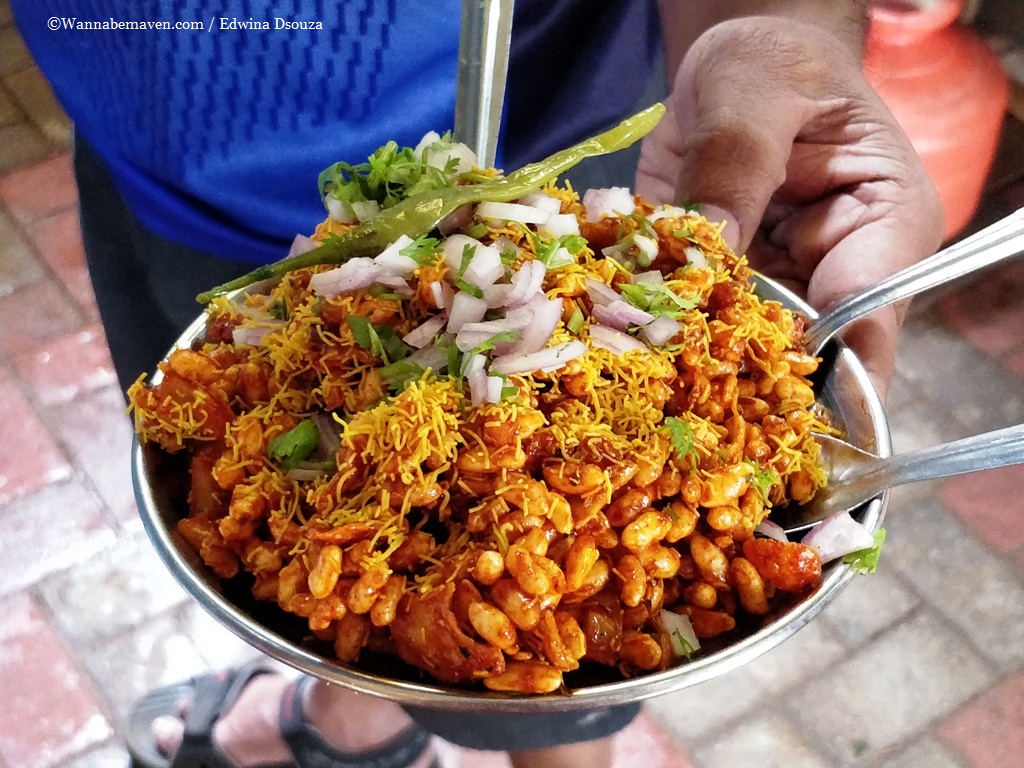
The Guide
Where to stay in Kolhapur?
I stayed at Treebo House Khas, which was centrally located in Kolhapur city. The New Palace and Mahalaxmi temple were just 10 minutes away. Sayaji Hotel is a great option if you’re in the mood to splurge.
How to reach Kolhapur?
Kolhapur is a 400km drive from Mumbai and 240km from Pune on the way to Bangalore. The city boasts a huge train junction and there are also hourly buses from Mumbai and Pune. Many travellers take a lunch halt in Kolhapur on their way to Goa or Bangalore.
Good to know
- The best time to visit Kolhapur is from July to February. Kolhapur would be extremely hot between March and June
- A two to three nights stay is good enough in Kolhapur
- Also check out Hotel Padma for their Mutton Thali and Phadtare for the Kolhapuri Missal
- The Siddhagiri Gramjivan Wax Museum or Kaneri Math, which is 15km on the outskirts of Kolhapur is a half day visit.
(A version of this article was first published for Mint Lounge on 11 November 2018)
==
Watch my Kolhapur food and travel vlog
Subscribe to my YouTube channel for more updates
==
Liked this post on Kolhapur food? Also read…
Join me on Twitter, Facebook and Instagram for more such travel stories and photographs. I also make cool status updates, just in case you like randomness. Subscribe to this blog to receive my quarterly newsletter with cool travel stories, updates and deals and discounts in your inbox
